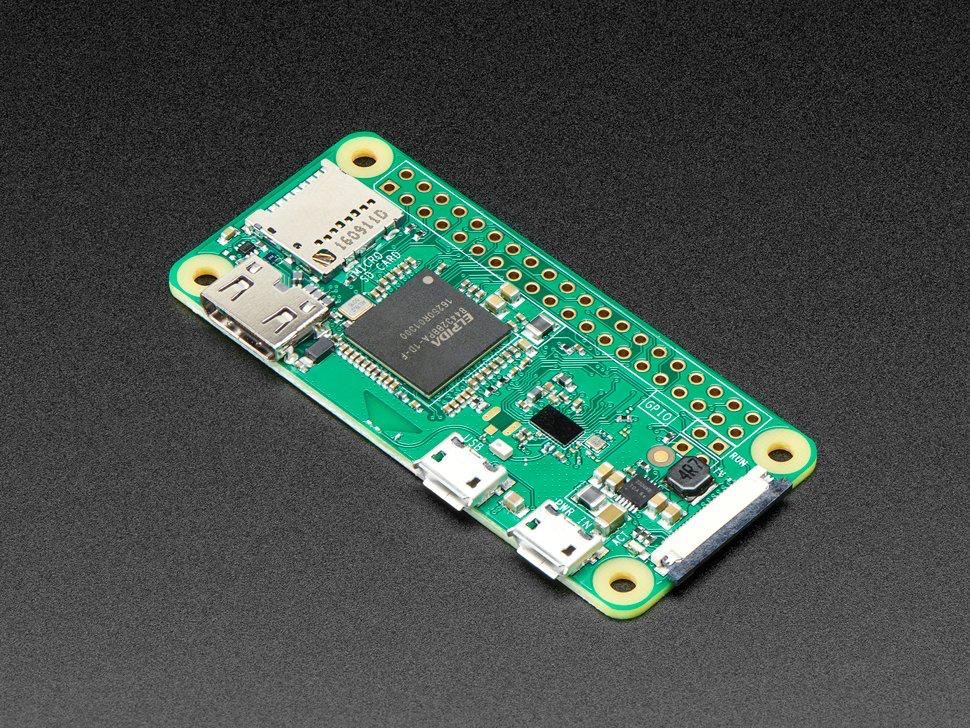Sorry for the naive question! I want it to be specific enough to be answerable, but I'm not sure how to find the answer to my actual question, so I'm asking it here. Another way to put it might be "why are circuit boards becoming more aesthetically pleasing?"
I've included some comparisons of older and newer products below, but the general trends I've noticed are:
- Smoother edges.
- More matte/lighter solder masks.
- Less-visible solder traces.
- Rounded corners.
- Solder masks that appear to seamlessly blend with through holes.
- ICs with perfectly-crisp edges.
What I'm wondering is that has caused these changes. All three examples I included below are from newer companies, so is this just a case of them improving their design and manufacturing processes? Has some new manufacturing technology supplanted an old one? Have manufacturers changed their processes across the industry in some way?
Basically: Have these companies just become better at designing boards, or has the industry made some broad improvement to manufacturing processes (at least in these examples)? What is causing the overall visual change?







